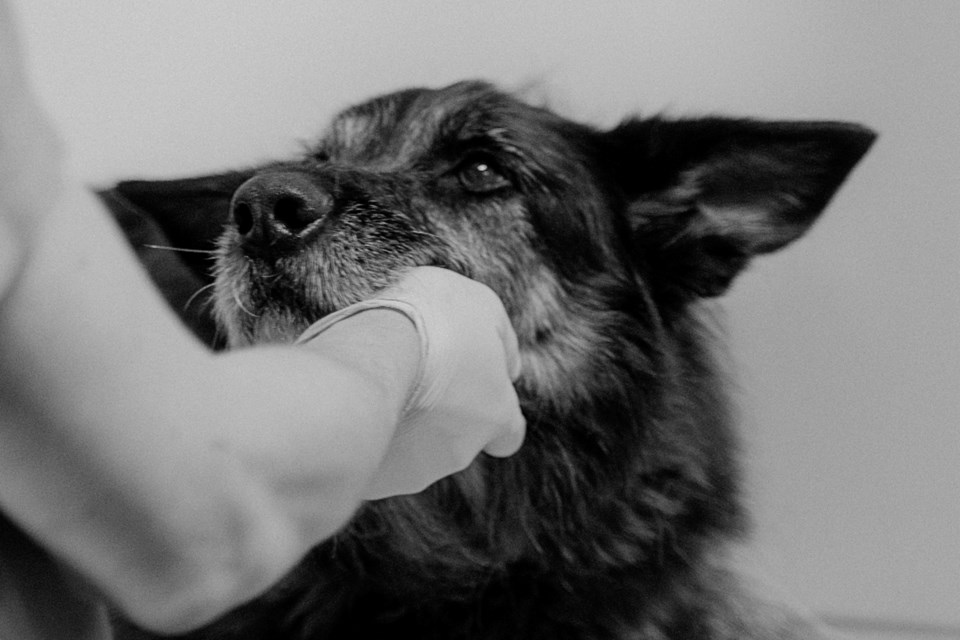“I wanted to be a veterinarian when I was young, but I couldn’t put animals down” and “I don’t know you do it.” I hear this from people all the time and at almost every euthanasia appointment.
It is a hard part of the job, and absolutely soul-crushing at times, but it is also one of the most, if not the most, important appointment a veterinarian will do.
As pet owners, we are entrusted with the well-being of our pets, including their passing unfortunately.
As a veterinarian, I advocate for my patients for their best quality of life for as long as possible. When the quality of life is no longer there, it is my job to make that appointment as painless as possible for the pet and their owners.
Most owners hope their pet will pass away peacefully in their sleep, that you’ll wake up one morning and they will simply be gone. It’s an understandable wish because who wants to have to decide when to say goodbye to someone who has been such a source of love, joy and peace.
But this rarely happens. They provide unconditional love and support for their life, and we, in return, make sure they do not suffer in their last days.
Sometimes, that decision is made easier by circumstances. A cancer diagnosis or spinal cord trauma causing paralysis, for example, can leave us with one option. It is still extremely difficult to go through, but when there is a clear-cut diagnosis and limited or no treatment it leaves little room for doubt.
The difficulty comes when our pets develop chronic conditions, where symptoms have a tendency to wax and wane. This can be confusing. Because the good days are still so good, it can colour how few there are left or how difficult the bad days are.
So how do you, as pet owners, know when it’s time?
One thing I discuss with owners is to keep a record of their pets to track trends. For example, “Today Fido had a great day, he ate his whole meal, went for a walk.” Or “Minou only ate half her food, she vomited twice and didn’t want to play.”
Keeping a record of simple things like appetite and activity level will give a more black-and-white breakdown of how your pet is doing. It takes a little of the emotion out of it, and can show a downward trend.
Another resource I use are the Five Freedoms of Animal Welfare. They are:
- Freedom from hunger and thirst.
- Freedom from pain, injury and disease.
- Freedom from distress.
- Freedom from discomfort.
- Freedom to express behaviours that promote well-being.
These concepts were first discussed with respect to farm animals in the 1960s, but have been adapted and modified, and are now present in animal welfare legislation around the globe. I find it works well for a checklist and adding a little objectivity to a very emotional situation.
An open dialogue with your veterinarian and regular appointments will help you both know what is happening with your pet. Talk about your concerns and your veterinarian can give you what signs to look out for to know that things are getting worse.
We cannot make the decision for you, except in severe situations, but we will advise you on what, based on our expertise, is best for your pet.
Euthanasia is something we do “for” our pets, so they do not suffer. It is not something we are doing “to” them. It's an important distinction.
We are alleviating pain, preventing suffering. It is an act of compassion and respect to the life they have shared with us.
Dr. Courtney Andrews is a veterinarian at Lockerby Animal Hospital, a graduate of the Royal School of Veterinary Studies and dog mom to Argyll and Einstein. Animals & Pets is made possible by our Community Leaders Program.



